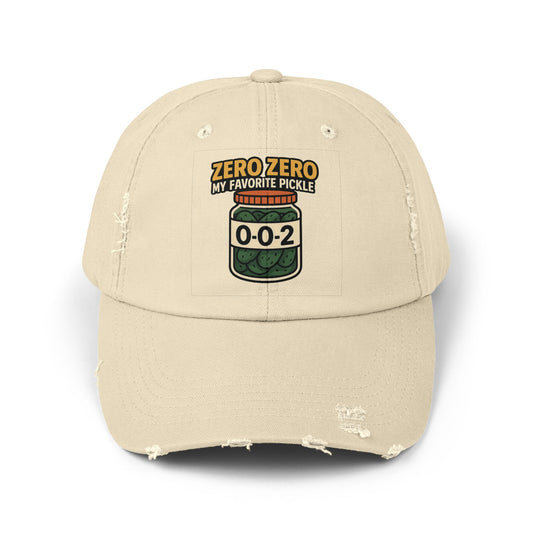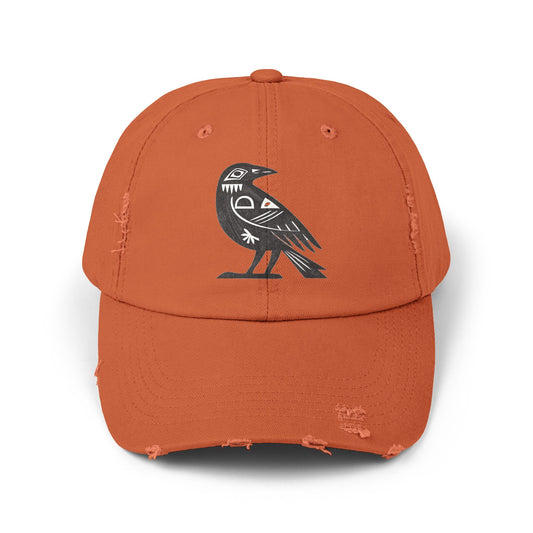Collection: Products
A Little About Us
Demon Wear is bold, no-nonsense streetwear—graphic tees and distressed 100%-cotton strapback caps built to look lived-in from day one. Designed and printed on-demand in the USA with limited drops and sizes XS–3XL, our pieces are made to be worn hard and speak loud.
-
Pet Parent: Airedale Terrier Cap
Regular price $20.27 USDRegular price -
Pet Parent: Boston Terrier Cap
Regular price $20.27 USDRegular price -
Pet Parent: Boxer Cap
Regular price $20.27 USDRegular price -
Pet Parent: Brittney Spaniel Cap
Regular price $20.27 USDRegular price -
Pet Parent: Bull Terrier Cap
Regular price $20.27 USDRegular price -
Pet Parent: Cairn Terrier Cap
Regular price $20.27 USDRegular price -
Pet Parent: Corgi Cap
Regular price $20.27 USDRegular price -
Pet Parent: Mini Schnauzer Cap
Regular price $20.27 USDRegular price -
Pet Parent: Newfoundland Cap
Regular price $20.27 USDRegular price -
Pet Parent: Poodle Cap
Regular price $20.27 USDRegular price -
Pet Parent: St. Bernard Cap
Regular price $20.27 USDRegular price -
Pet Parent: Welsh Corgi Cap
Regular price $20.27 USDRegular price -
Pet Parent: Yorkshire Terrier Cap
Regular price $20.27 USDRegular price -
Pickleball Player Cap
Regular price $20.27 USDRegular price -
Pickleball: 99 Problems but a Dink Isn't One Cap
Regular price $20.27 USDRegular price -
Pickleball: Dink Responsibly Cap
Regular price $20.27 USDRegular price -
Pickleball: Kitchen Nightmare Cap
Regular price $20.27 USDRegular price -
Pickleball: Paddle Faster Cap
Regular price $20.27 USDRegular price -
Pickleball: Serial Server Cap
Regular price $20.27 USDRegular price -
Pickleball: Unisex Heavy Cotton Tee with 'Serial Server' on the back Design, Cool Casual Tee for Food Lovers, Gamer Gift, Unique Graphic T-Shirt, Summer [...]
Regular price From $21.64 USDRegular price -
Pickleball: Zero Zero Cap
Regular price $20.27 USDRegular price -
Spirit Animal Cap - Bear | Grounded courage, protection, introspection; move with quiet power.
Regular price $22.30 USDRegular price -
Spirit Animal Cap - Cheetah | Speed, clarity, single-minded pursuit; pick a target and fly.
Regular price $22.30 USDRegular price -
Spirit Animal Cap - Crow | Keen intelligence, threshold magic, adaptability; nothing wasted.
Regular price $22.30 USDRegular price
Under the Brim: How the Baseball Cap Went From Sun-Shield to Global Style Signal
The baseball cap didn’t start as fashion. It started as gear. Before the Civil War, the New York Knickerbockers ran onto the field in flannel shirts and straw “chip” hats—functional, cheap, and terrible at staying on your head when you sprint. By 1860, the Brooklyn Excelsiors debuted a rounded crown with a longer visor and a button on top—a simple tweak that changed sportswear forever. That “Brooklyn-style” cap spread fast, then standardized as suppliers like Peck & Snyder and Spalding pushed catalogs full of silhouettes—pillbox crowns, sectional wool caps, and early “Philadelphia” styles—into every clubhouse and, soon after, into the stands.
From there the cap was engineered, not just styled. Milliners added buckram and other stiffeners behind the front panels so embroidered monograms didn’t collapse. Under-visors evolved from green to gray to black, a small but crucial upgrade that cut glare under stadium lights and summer sun. On the field, the real revolution came in 2007, when MLB ditched wool for moisture-wicking polyester that stayed lighter, dried faster, and held color better through an August schedule. Performance drove adoption: fans want what players wear, and players want anything that keeps sweat out of their eyes.
If there’s a Platonic ideal of the modern baseball cap, it’s the New Era 59FIFTY—structured crown, crisp front panel, and a brim you curve (or don’t) like doctrine. New Era started sewing for pros in the 1930s; by the early 1990s the 59FIFTY was the official on-field cap league-wide. The silhouette’s uniformity is the point: it’s a billboard for a logo, scaled to read from cheap seats or a grainy TV screen, and it still looks good in a selfie.
Logos made the cap an icon. New York’s interlocking “NY”—which traces to a Tiffany & Co.-designed NYPD medal of valor from the 19th century—landed on Yankees uniforms in 1909 and never let go. It’s more than a team mark; it’s a city compressed into two letters. The museum world agreed: MoMA put a Yankees cap into its design canon, right next to jeans and the hoodie, treating the ballcap as a modern object that reshaped daily life. And yes, culture hacked the uniform, too: Spike Lee famously requested a red Yankees fitted for the 1996 World Series, a fashion-color twist that told the world team caps weren’t just team colors anymore.
Other cities wrote their own chapters. In Los Angeles, the Dodgers “LA” mark cut across neighborhoods and languages; you see it on lowrider boulevards, in Korean shops on Sixth, and in family photos on Sunday after church. That civic reach wasn’t preordained—far from it—but the cap turned into a passport to belonging anyway. In a sprawling city that can feel atomized, a blue cap stitches people together.
Meanwhile the cap diversified into a family of styles—each tied to a moment, a scene, or a need:
The fitted (think 59FIFTY) is still the purist’s cap: exact sizes, structured front, clean embroidery, and an unspoken rule that you don’t mess with the sticker unless you’re making a statement. It was the backbone of ’90s hip-hop style and the template for today’s collector culture: alternate colorways, side patches, and limited drops that sell out on a Tuesday afternoon. In that ecosystem, even the undervisor color turned into a fashion signal after on-field caps went black beneath the brim to fight glare.
The snapback—flat brim, plastic closure—roared in with late-’80s and ’90s hip-hop, TV, and sports highlights. It’s democratic (one size fits many) and graphic (a big, readable front). Nostalgia cycles keep pulling snapbacks back into the mix; each wave treats them either as throwback or as the loudest cap in the room.
The dad hat is the counter-move: unstructured crown, curved brim, cotton twill, often with a tiny logo or wordmark. When everyone else was squaring their brims and stacking 3D embroidery, the dad hat went soft and low-profile—and suddenly looked modern again. Fashion’s 2024–25 runways doubled down, proving a relaxed strapback can deflate a tuxedo or sharpen a sweats-and-sneakers fit.
The trucker—mesh back, foam front—grew out of 1970s promo giveaways at feed stores and farm suppliers. A decade or two later, it was paparazzi bait in L.A. and a core piece of the Y2K revival. Breathable, bold, and impossible to ignore, it’s the cap you choose when you want your hat to walk into the room first.
The five-panel/camp cap came up through outdoor and skate culture, then caught fire when Supreme turned it into a streetwear staple. Runners and hikers adopted ultralight five-panels for function; stylists kept them in rotation because they read sleek, not sporty. Different vibe, same utility.
Underneath those silhouettes, materials kept evolving. The 2007 switch to performance polyester set the baseline. In 2013, MLB rolled out “Diamond Era” batting-practice caps: lighter, textured fabrics, improved breathability, and UV protection—tech that quickly bled into fan styles at retail. Expect more of that: recycled yarns, antimicrobial sweatbands, and structured-yet-soft fronts that keep a logo clean without the helmet look.
So why did a ballplayer’s tool turn into streetwear, luxury, and global uniform all at once? Three truths.
First, the visor actually works. Shade your eyes, tame your hair, and you’ve improved a commute or a 12-hour festival by 20%. If you sell caps online, hammer this functional story; it beats fluff.
Second, a cap frames the face. A high, structured fitted reads authoritative; a soft dad hat relaxes your jawline and shoulders; a five-panel trims the profile. People keep buying caps because they change the way a face sits in the world—no tailor needed.
Third, the logo speaks. Two letters can shrink a city to an emblem. The “NY” is New York even in places where nobody watches baseball. The “LA” is L.A. even if all you know is taco stands and a playlist. That kind of semiotics is gold for both teams and brands; it’s why collaborations hit, why customs sell, and why a cap can mean both “I’m from here” and “I belong.” Wikipedia
Culture turned those truths into movements. In the U.S., Black artists—MCs, producers, directors—took the fitted from dugouts to videos to red carpets. In Los Angeles, Latino, Black, and Asian communities carried the Dodgers cap into barbershops, swap meets, quinceañeras, and block parties until the hat meant “home” as much as “baseball.” Across the Caribbean and Latin America, especially the Dominican Republic, the cap is daily wear because baseball itself is daily life; the Serie del Caribe sells national pride in crown form, and that diaspora brings the same hat to Washington Heights and Little Havana. In Japan, Koshien devotion and global stars like Ohtani keep caps not just current but feverishly collectible. The point: a cap crosses languages without translation. Cronkite News+2peligrosportsnyc.com+2
None of this erases tradition. If anything, it proves the cap’s “foreverness.” When trends swing maximal (Y2K truckers, rhinestone visors), the shape absorbs it. When they swing minimal (quiet-luxury strapbacks), same story. Retro fitteds with World Series side patches spike, then five-panels with nylon webbing straps get their turn, then a wave of monochrome cotton caps cools everything down. Through every loop, the familiar geometry—crown, visor, button—stays intact.
Sources cited:
- National Baseball Hall of Fame, Dressed to the Nines timeline and essays (1849 uniforms; early caps). Baseball Hall of Fame Exhibits+1
- Heddels, A Brief History of the Ballcap (19th-century styles; New Era’s rise). Heddels
- ESPN/AP, MLB’s synthetic caps designed to wick away sweat (2007 polyester; black under-visor). ESPN.com
- MLB.com, Baseball cap history and timeline (material changes; under-visor shift). MLB.com
- Baseball Hall of Fame, Shortstops: Capping it off (Spike Lee’s red Yankees cap). Baseball Hall of Fame
- MoMA Store & Vogue coverage of Items: Is Fashion Modern? (Yankees cap in the exhibit). MoMA Design Store+1
- LA Times, Dodger hats as L.A.’s symbol of belonging. Los Angeles Times
- Wikipedia/MLB.com, Yankees interlocking NY and Tiffany medal origins. Wikipedia+1
- MLB & New Era releases, Diamond Era BP caps (2013). MLB.com+1
- Outside, How the 5-panel hat took over running (five-panel adoption). RUN | Powered by Outside
- Wikipedia, Trucker hat (promo origins). Wikipedia
- Korea JoongAng & New Era, MLB Korea / Korea design studio. MK일보+1
- Cronkite News & retail evidence, Dominican baseball culture / Serie del Caribe caps
All About Caps

How do I clean a baseball cap without ruining it?
Hand wash first: spot-treat sweat and grime with mild detergent (or dish soap) and a soft brush, rinse cool, then air-dry on a form so the crown keeps its shape; avoid dryers. Older caps can have cardboard brims; many modern caps use plastic, but gentle hand cleaning protects both. Shop fresh caps and graphic tees while this one dries.
Can I throw my hat in a washing machine or dishwasher?
You’ll see “dishwasher hacks,” but official guidance says avoid machines that can warp buckram, adhesives, and brims; go gentle, by hand. If you must machine-wash, use a mesh bag, cold water, gentle cycle, and always air-dry—never heat.
What actually works for sweat stains and odor?
Pre-treat the band with enzyme detergent or a baking-soda paste, brush lightly, rinse cool, and repeat; for salt lines, spot with vinegar/water before rinsing. Finish by air-drying on a head form. Grab moisture-wicking caps (and tees) to cut future stains.
How should a baseball cap fit—and how do I find my size?
Measure around your head where a sweatband sits (about ½" above brows/ears), then match inches/cm to a size chart; if you’re between sizes, round up. For fitteds, you want snug but not headache-tight; for adjustables, start mid-strap. Explore our fitteds, snapbacks, and strapbacks in your size.
Snapback vs. fitted vs. strapback—what’s the difference?
Fitted caps (e.g., 59FIFTY) use exact sizes; snapbacks and strapbacks adjust via snaps or a buckle. Flexfit adds stretch; low-profile crowns sit shallower. Pick what suits your head shape and style—then match with a graphic tee.
What is a “dad hat,” and who should wear it?
“Dad hat” = unstructured, low-profile, cotton cap with a curved brim and strapback—relaxed, everyday, and universally flattering. It pairs cleanly with casual tees and denim.
Trucker hat vs. classic baseball cap—what’s better for heat?
Truckers are baseball caps with a tall foam front and mesh back for ventilation; great in hot weather. Classic six-panel cotton or performance blends give a lower profile.
How do I curve (or flatten) the brim safely?
Use steam to relax fibers, shape the visor around a cup/bottle, secure with rubber bands, let it cool/dry—no cracking, no kinks. New Era confirms you can curve a 59FIFTY if you like. We carry pre-curved profiles if you want it done out of the box.
My fitted is a bit off—shrink or stretch?
Shrinking risks warping; most wearers size up slightly and fine-tune with thin foam/cork “hat tape” or sizing inserts behind the sweatband. Steam/hand-stretching can open a too-snug crown a touch. We offer sized and adjustable styles to nail the fit.
Do I keep the sticker on the brim or peel it?
It’s pure style etiquette: some leave stickers for the streetwear look, others peel for a cleaner, classic aesthetic. Wear it how you like—your cap, your rules.
Do hats cause hair loss?
No solid evidence says normal hat-wearing causes baldness; issues stem from genetics/hormones. Very tight or dirty hats can irritate the scalp or contribute to rare traction problems—so keep a comfy fit and wash your cap.
Do baseball caps protect from the sun?
Caps shade the face but leave ears and neck exposed; pair them with sunscreen or choose UPF apparel and wider brims when you’ll be out long.
What fabric is best for sweaty workouts?
Synthetics like polyester/nylon wick and dry faster than cotton; mesh panels boost airflow. Grab performance caps (and tech tees) for training; save cotton for casual.
How do I fix a dented crown or crushed front panel?
Light steam to relax the fabric, push out dents from inside with a rounded form (bowl/jar), and let it dry in shape; avoid soaking the buckram.
Low-profile vs. high-crown—what’s the difference?
High-crown (original 59FIFTY) sits taller; low-profile has a slightly curved visor and rounded, shallower crown. Low-profile often fits smaller heads for a classic look. Try both with your favorite tee and see what frames your face best.
What’s the best way to store caps so they keep their shape?
Air-dry after wear, then store on a hook, rack, or form; avoid stacking/heavy compression and never put damp caps in bins. Regular gentle cleaning extends life—then rotate with a backup cap.
Where can I find great caps for big heads (size 7⅝–8+)?
Specialty retailers and size-inclusive brands stock 2XL–4XL and size-8+ options; look for deeper crowns and longer straps.
How often should I wash my cap?
If you wear it daily or sweat in it, give it a light clean every couple of weeks; occasional wearers can wash every few months. Quick spot-cleaning after workouts prevents set-in stains. Shop extra caps so you can rotate while one dries.


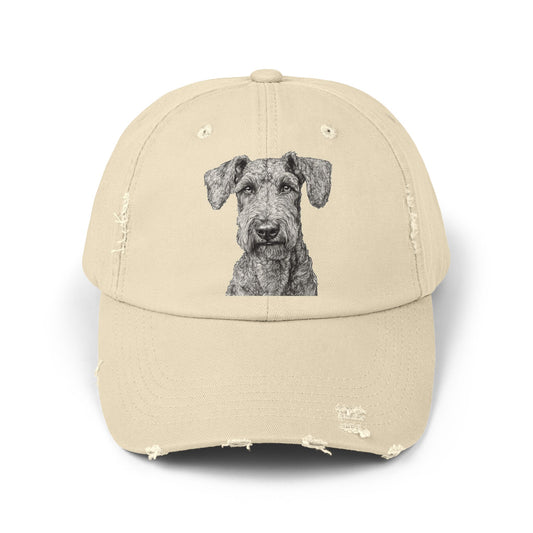

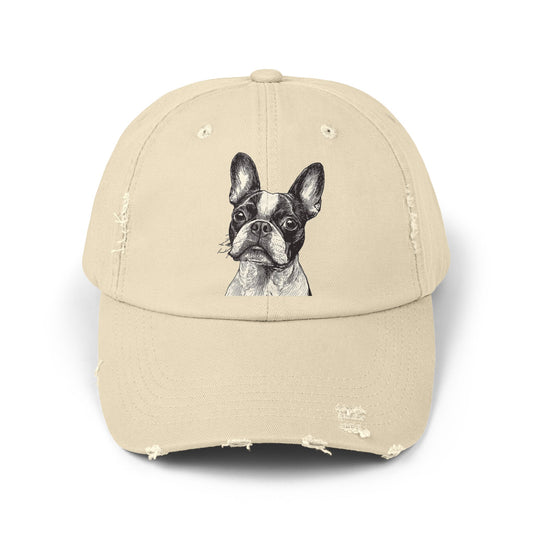







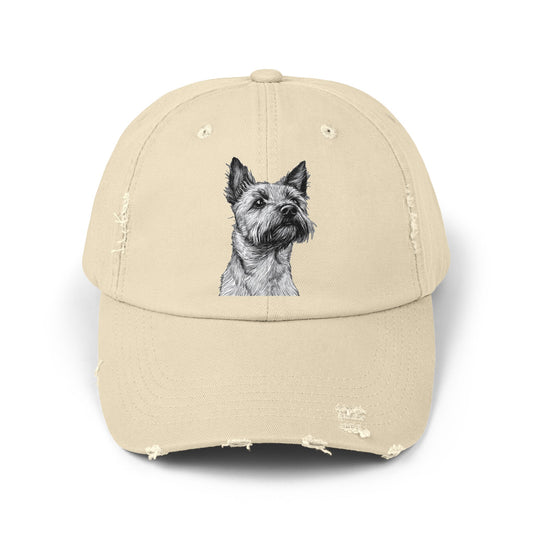



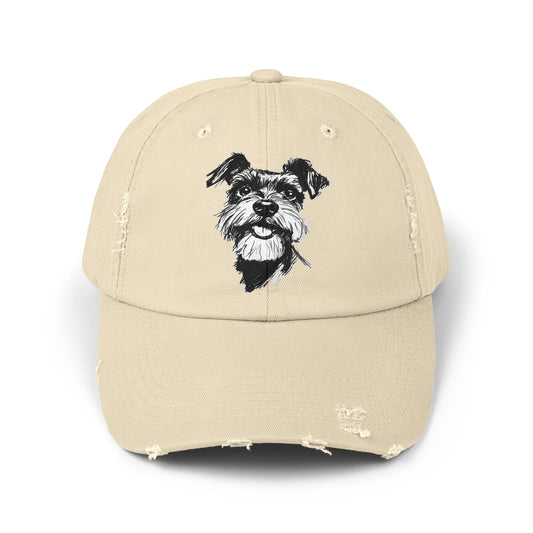





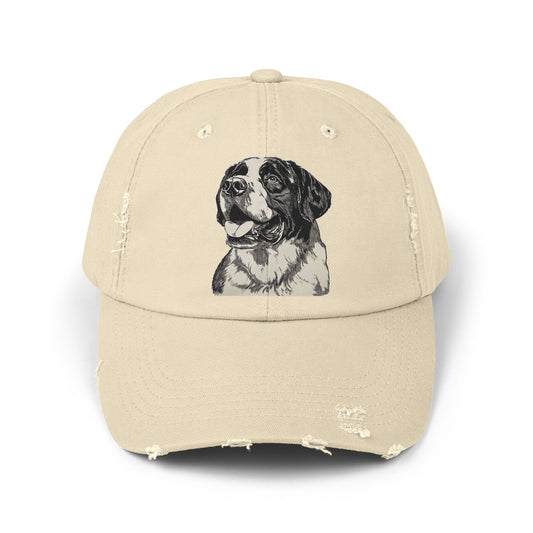

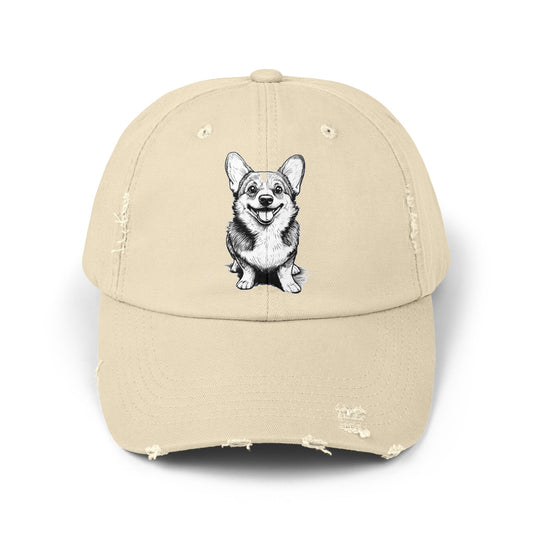

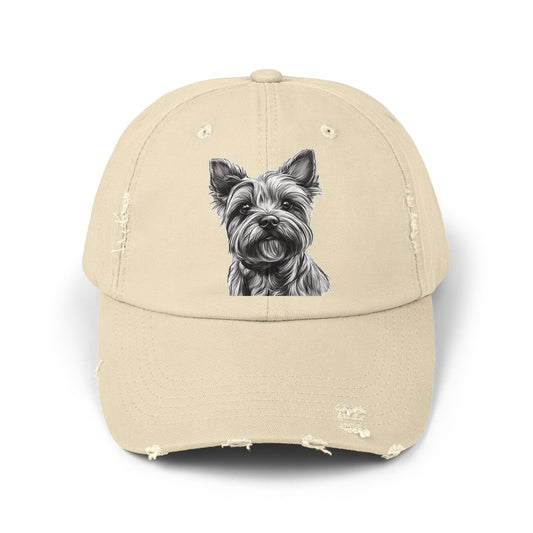

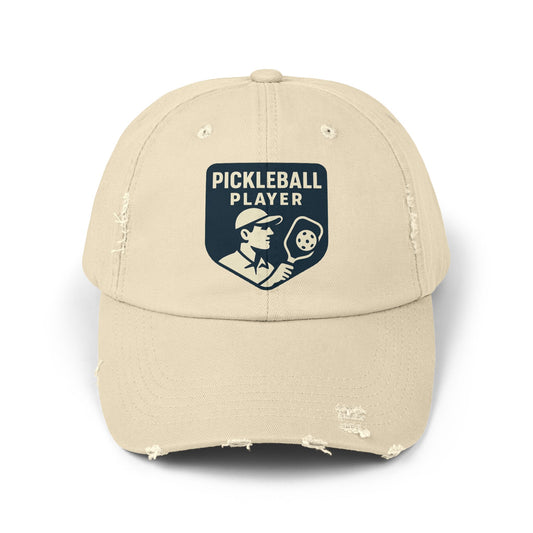

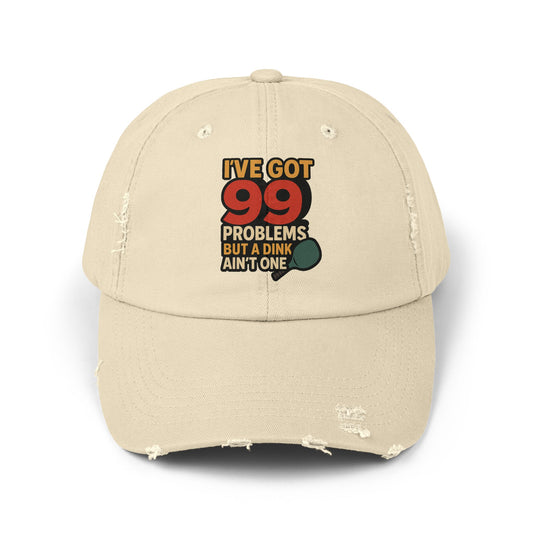



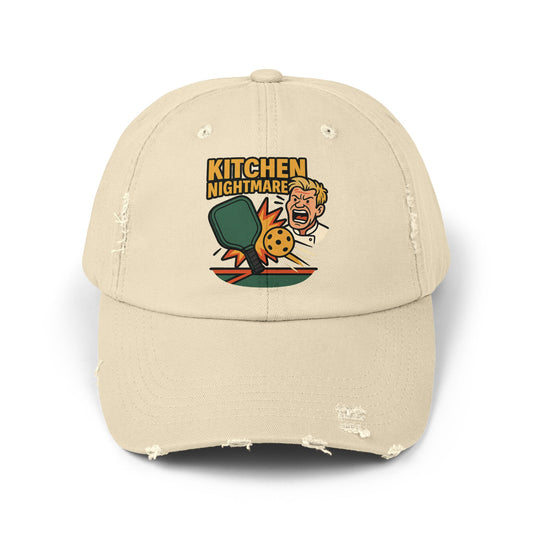



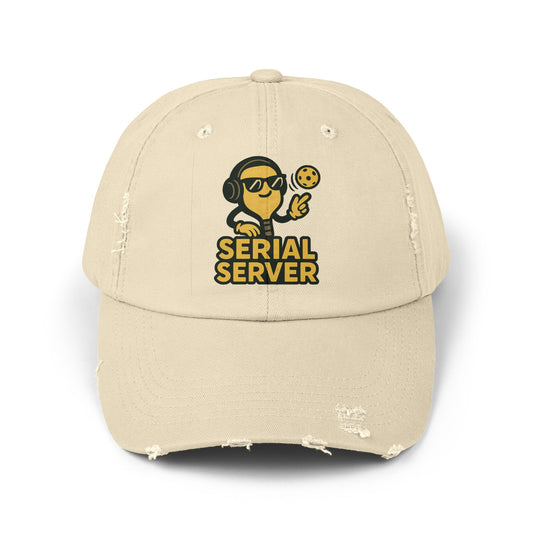
![Pickleball: Unisex Heavy Cotton Tee with 'Serial Server' on the back Design, Cool Casual Tee for Food Lovers, Gamer Gift, Unique Graphic T-Shirt, Summer [...]](http://demonwear.shop/cdn/shop/files/17434238298304858584_2048.jpg?v=1757381337&width=533)
![Pickleball: Unisex Heavy Cotton Tee with 'Serial Server' on the back Design, Cool Casual Tee for Food Lovers, Gamer Gift, Unique Graphic T-Shirt, Summer [...]](http://demonwear.shop/cdn/shop/files/16590132945252790719_2048.jpg?v=1757381339&width=533)

